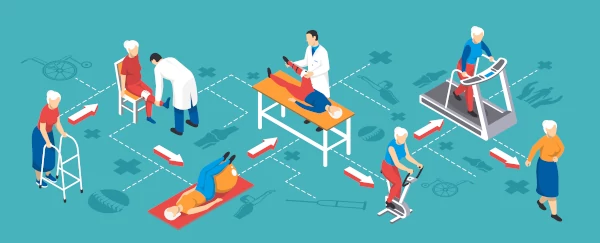Whiplash is a type of injury that affects the soft tissues of the neck and upper back. It is caused by a sudden, jerking motion of the head, which can cause damage to the muscles, ligaments, and tendons in the neck. This type of injury can range from mild to severe, depending on the severity of the impact.
Symptoms of Whiplash
The symptoms of whiplash can vary depending on the severity of the injury. Some common symptoms include:
- Neck pain and stiffness
- Headaches
- Dizziness
- Fatigue
- Shoulder pain
- Arm pain
- Jaw pain
- Back pain
- Numbness or tingling in the arms or hands
- Difficulty sleeping
Causes of Whiplash
Whiplash is most commonly caused by car accidents, especially those where the vehicle is hit from behind. However, it can also be caused by other types of trauma, such as sports injuries or falls. The key factor in whiplash is the sudden, jerking motion of the head, which causes damage to the soft tissues of the neck and upper back.

Diagnosing Whiplash
Whiplash can be difficult to diagnose, as the symptoms can be similar to those of other types of injuries. A doctor will typically perform a physical exam to look for signs of injury, such as tenderness, swelling, or bruising. They may also order imaging tests, such as X-rays or an MRI, to get a closer look at the affected area.
Treatment for Whiplash
The treatment for whiplash depends on the severity of the injury. In mild cases, rest, ice, and over-the-counter pain medications may be all that is needed to relieve symptoms. In more severe cases, physical therapy or chiropractic care may be recommended.
- Rest and Ice
In mild cases of whiplash, rest and ice can help to reduce pain and swelling. Resting the affected area and applying ice for 15-20 minutes at a time can help to reduce inflammation and speed up the healing process. - Analgesia
Over-the-counter pain medications, such as acetaminophen or ibuprofen, can be effective at relieving pain and reducing inflammation. Your doctor may also prescribe stronger pain medications if necessary. - Physiotherapy
Physiotherapy can help to relieve symptoms of whiplash and prevent future injuries. A physiotherapist can develop a personalized exercise program that can help to stretch and strengthen the affected area, reducing pain and increasing mobility. - Chiropractic Care
Chiropractic care can help to relieve symptoms of whiplash by using manual manipulation to realign the spine and reduce tension in the muscles and joints. This can help to reduce pain and improve the range of motion.
Preventing Whiplash
While whiplash cannot always be prevented, there are some steps you can take to reduce your risk of injury.
- Wear a seatbelt: Always wear a seatbelt while driving, as it can help prevent whiplash in the event of a car accident.
- Adjust headrests: Adjust the headrests in your car and make sure they are positioned correctly. The top of the headrest should be level with the top of your head, and the distance between the back of your head and the headrest should be no more than 4 cm.
- Drive safely: Avoid sudden braking or accelerating, and maintain a safe following distance from the vehicle in front of you.
- Regular exercises: Regular exercise can help improve your neck and back strength, which can reduce your risk of whiplash.
- Maintain a proper posture: Maintaining proper posture, especially when sitting for long periods, can also help prevent whiplash. Make sure your computer screen is at eye level, and sit with your back straight and your shoulders relaxed.
- Seek medical attention: If you do experience neck pain or stiffness after an accident, seek medical attention as soon as possible. Early intervention can help prevent long-term complications.
By following these tips, you can reduce your risk of whiplash and other neck injuries.
It is important to seek proper medical advice for whiplash in order to ensure that the injury is properly diagnosed and treated. Whiplash can cause significant pain and discomfort, as well as long-term complications if left untreated. A doctor can perform a thorough evaluation to assess the extent of the injury and develop an appropriate treatment plan. This may include medications to manage pain and inflammation, physiotherapy to improve range of motion and flexibility, and other forms of treatment as necessary. Additionally, seeking medical attention can help document the injury and establish a record of medical care that may be important if the injury leads to legal or insurance issues.
If you experience symptoms of whiplash, such as neck pain, stiffness, or headaches, it is important to seek medical advice as soon as possible.



